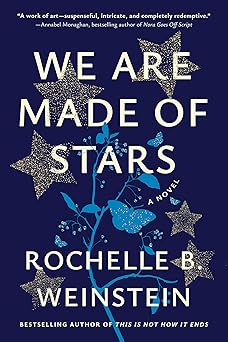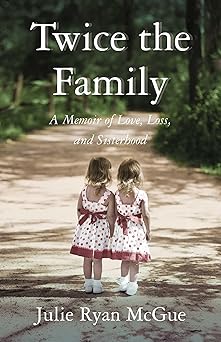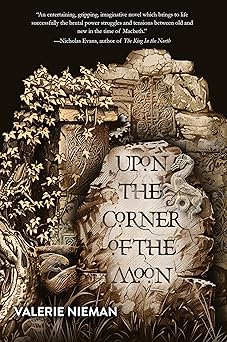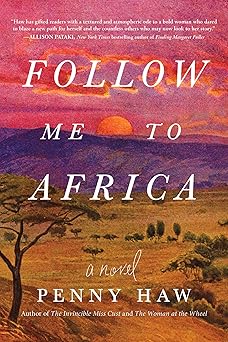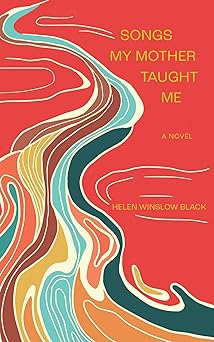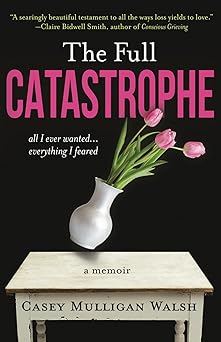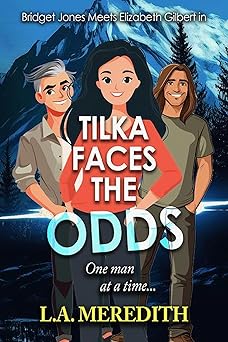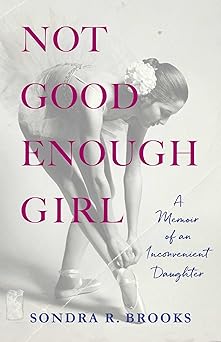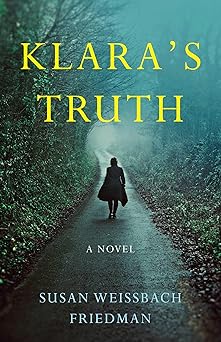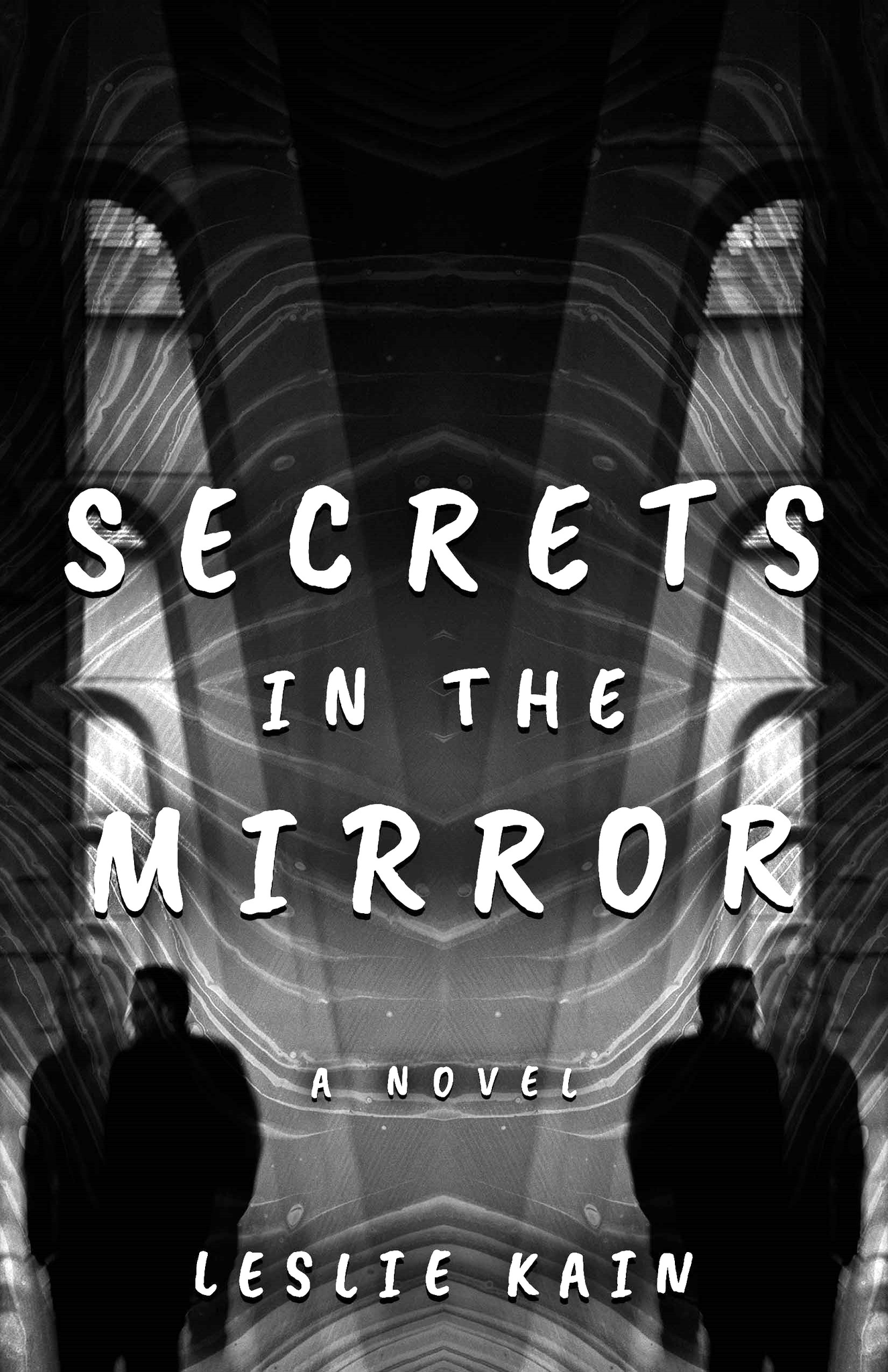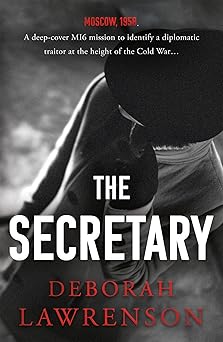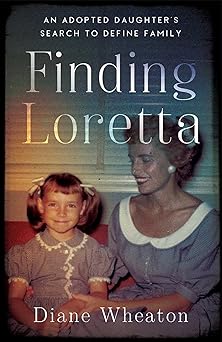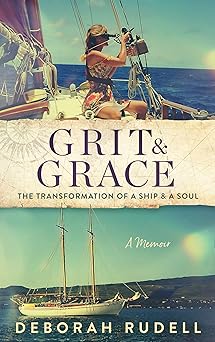The Places and Pictures Which Inspire Me
 Catherine Hokin
Catherine Hokin
My fascination with Germany – and in particular the history-soaked city of Berlin where my novels are set – began on a school exchange trip when I was a teenager forty years ago.
So many memories were made on that visit but the most vivid of all was standing in the town of Helmstadt staring at the border which had sliced Germany in two. Soldiers with machine guns, dog runs, barbed wire and watch towers. They were daunting enough but what has never left me was the story told by our guide about her sister who lived on the other side of the fortifications in the East. The women were barely a mile apart but they hadn’t seen each other in the almost twenty years since the Wall went up and left them living in two very different countries. I still have the photographs from that day, although thankfully not the perm, and I still have a passion for Germany. For its history – particularly World War Two and the partition into West Germany and the GDR – and for the experiences of its people who lived through such turbulent times.
Like most historical fiction writers, I love the research process. The total immersion in a time period and its culture and challenges, searching for the nugget that turns into a story. I am also very lucky: I have the means to travel regularly to Berlin which means that I get to walk in my characters’ footsteps and (the physical changes notwithstanding) to see the city through their eyes. I don’t take that privilege lightly but it is a godsend to world building. The waterfall in Viktoriapark which appears at the end of The Commandant’s Daughter is one of my favourite green places in Berlin. The derelict house in Grunewald which forms the central mystery in The Secretary actually exists. The architecture on Karl-Marx Allee where Michael in What Only We Know has his flat is breath-taking: the Russian-inspired boulevard, which has barely been touched since it went up in the 1950s, has stood in for Moscow in a number of films and television shows, including Queen’s Gambit. And Clärchen’s Ballhaus, which was the inspiration behind the dance hall where Felix and Inge meet in The Fortunate Ones – and where I sat sipping a glass of Sekt just after the book came out and grinning so madly everyone kept a safe distance – feels untouched by time.
I always come back from Berlin with dozens of photographs which are as important to me in my planning process as the back-stories and timelines I write. I am and always have been a very visual person. Cinema is an obsession of mine: I grew up watching Sunday afternoon films on television with a father who was a massive fan of Hollywood musicals as well as the old Errol Flynn and Tyrone Power classics. Nowadays I go to the movies two or three times a month and watch countless more at home. It was that love of films – and their power to persuade as well as to entertain – which powered the story behind The Lost Mother. It is not, however, only film which has that ability to make us look at the world in a different light, it is also photographs.
‘A picture is worth a thousand words’ may be a cliché, and perhaps not one to warm a writer’s heart, but that doesn’t mean there’s no truth in it. A good photograph can take us on a journey. It can also tell a very different story to the truth and that’s where my writer brain starts. And where The Commandant’s Daughter began.
The image which kicked off the whole story of Hanni is in the Berlin History Museum and was taken in 1933 on the night Hitler was made Chancellor of Germany. It records a moment from the torchlight procession which Goebbels organised to sweep through the Brandenburg Gate, past the Adlon Hotel and along Wilhelmstraβe to the Reich Chancellory where Hitler was waiting to be adored. The photograph is black and white and yet it isn’t: the river of torches springs out of the frame like molten silver. It is glorious and it is also, when you stop and consider what the picture commemorates, truly terrible. And that was my starting point. A little girl standing on a balcony, staring down at the dancing flames who is about to be taught to properly look at them. A little girl who, from that moment, would never see the world in the same way again.
Not everyone has the luxury of travel, especially in the difficult circumstances we are currently living in, and no writer should ever feel that they cannot set a book somewhere they cannot go. What we do all have, however, is access to images. Pinterest is a fabulous resource. The cinema site Kanopy is full of films from all over the world and is free to access for anyone with a library card. Museums and art galleries are bursting with stories and all they usually want is your time. It’s really worth giving it. The Commandant’s Daughter began with a photo. The next part to Hanni’s story, The Pilot’s Girl, which is out later this year began that way too. I met the man who is going to cause Hanni a whole lot of trouble while I was staring at a series of images of blockade-busting American pilots in Berlin’s Allied Museum. He looked far too good to be true…
—
I am from the North of England but now live very happily in Glasgow with my American husband. Both my children have left home (one to London and one to Berlin) which may explain why I am finally writing. If I’m not at my desk you’ll most probably find me in the cinema, or just follow the sound of very loud music.
I’d love to hear from you and there are lots of ways you can find me, so jump in via my website https://www.
THE COMMANDER’S DAUGHTER
‘What is this place?’ She lowers her camera and takes in the frail bodies and desolate faces staring back at her.
‘It’s hell on earth. Where the desperate abandon their last hope.’
In that moment, she knows that taking pictures is not enough, she has to help these people…
1933, Berlin. Ten-year-old Hanni Foss stands by her father watching the celebrations marking Adolf Hitler as Germany’s new leader. As the torchlights fade, she knows her safe and happy childhood is about to change forever. Practically overnight, the father she adores is lost to his ruthless ambition to oversee an infamous concentration camp…
Twelve years later. As the Nazi regime crumbles, Hanni hides from her father on the fringes of Berlin. In stolen moments, she develops the photographs she took to record the brutality of the camp – the empty food bowls and hungry eyes – and vows to get justice for the innocent people she couldn’t help as a child.
But on the day she plans to deliver these damning photographs to the Allies, Hanni comes face to face with her father again. Reiner Foss is now working with the British forces, his past safely hidden behind a new identity. He makes it clear that he will go to deadly lengths to protect his secrets, but Hanni knows she can’t give up her fight. But what will she have to sacrifice in order to keep the promise she made?
A heartbreaking novel about the incredible courage of ordinary people during the Second World War. Fans of The Alice Network, The Nightingale and The Tattooist of Auschwitz will never forget this powerful story of hope and humanity.
BUY HERE
Category: Contemporary Women Writers, How To and Tips




